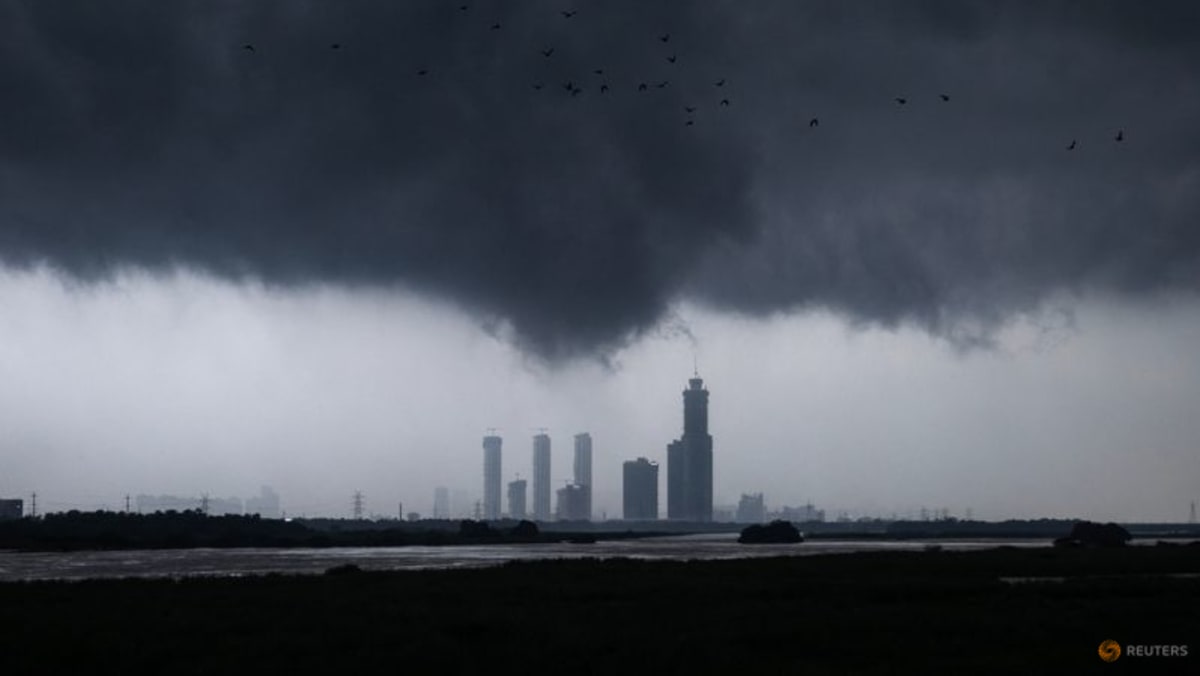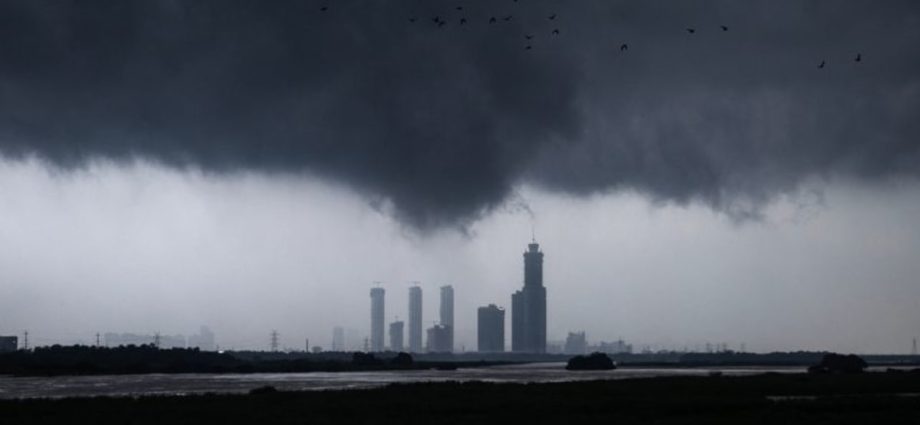
Rainfall over the country during June to September was 94 per cent of its long period average, the lowest since 2018, the India Meteorological Department (IMD) said in a statement.
The IMD had anticipated a rainfall deficit of 4 per cent for the season, assuming limited impact from El Nino.
El Nino is a warming of Pacific waters that is typically accompanied by drier conditions over the Indian subcontinent.
The monsoon was uneven, with June rains 9 per cent below average because of the delay in the arrival of rains, but July rains rebounding to 13 per cent above average.
August was the driest on record with a 36 per cent deficit, but again in September rainfall revived and the country received 13 per cent more rainfall than the normal, the IMD said.
The erratic distribution of monsoon rains has led India, the world’s largest rice exporter, to limit rice shipments, impose a 40 per cent duty on onion exports, permit duty-free imports of pulses, and could potentially result in New Delhi banning sugar exports.
The country is expected to receive normal rainfall during October to December, the weather department said, adding that temperatures were likely to remain above normal in most of the country during October.

